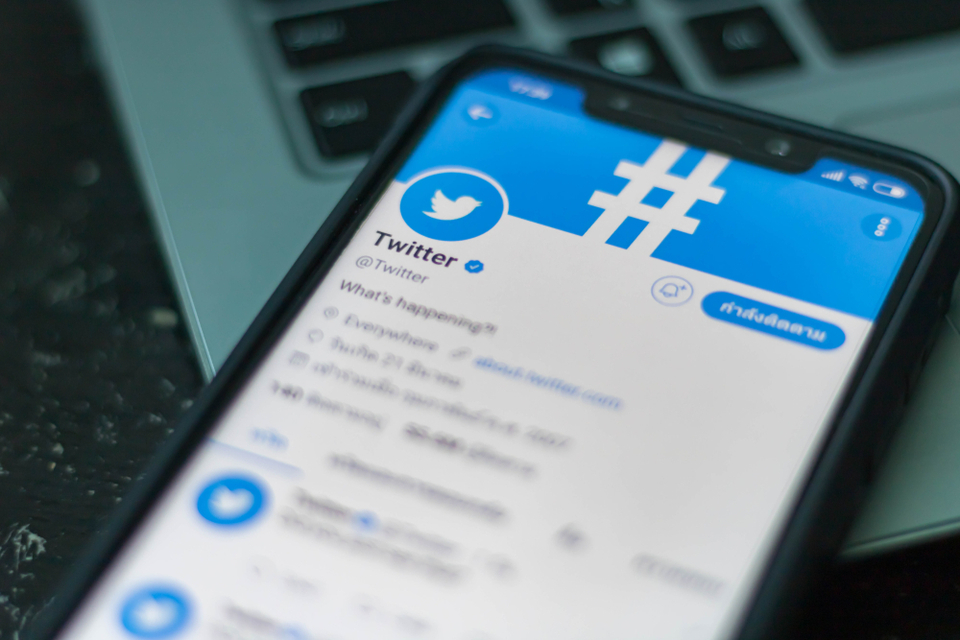Twitter polls can serve as a valuable source of market research data for any organization. But to serve this purpose effectively, marketers must develop a strategic way of using this tool.
For example, it’s essential to find a balance between collecting useful information and creating an engaging poll. Along with creating the tweet, good copywriting is also a requirement for poll selection.
As easy as it may be to create an engaging tweet, getting useful data out of the post is another thing altogether. Regardless of how much engagement your poll gets, it’s only useful if the data helps your company in the long run.
So, how can you tell the difference between a bad and good copy when writing tweets that are related to publishing polls. Twitter’s Global Creative Lead, Joe Wadlington, has the answers.
Identifying Bad Copy for Twitter Polls

In the latest installment of the social media platform’s tips video, Wadlington provided an example of a bad copy for Twitter polls.
It reads: “We’re completely out of ideas! Tell us what to put on our blog next.” Then, the options of the poll included Blog posts, Videos, How-tos, and Cat videos.
Several things are wrong with this copy. For one, it begins on a negative note. While it demanded the audience for responses, the options are somewhat skewed.
For example, blog posts and videos are different content formats. Meanwhile, the “How-tos” option can either be a blog post or videos.
Since cat videos are funny and engaging, the answer is likely to get the most vote. However, while you may have generated a high engagement with this answer, you’re unlikely to find the data useful.
So, that’s a bad copy.
Identifying a Good Copy for Twitter Polls
The revised version of the tweet reads: “We want to hear from you! What type of content do you want to see on our blog?” Then, the options included Product how-tos, Twitter trends, and Marketing best practices.
Unlike the previous bad copy, this poll is soliciting feedback using a positive tone. Also, the sentence “we want to hear from you” shows that you care about your audience’s opinions.
Finally, options from the poll cover a selection of topics, rather than mixing up topics and formats.
As Wadlington pointed out:
“Asking questions always stimulate engagement, and each of these answers is something that the poll results can tell you and that you’ll learn from.”
In the end, the business can discover ways to improve its blog using this information. That makes the tweet a good copy.
Watch the video here:



















Comments (0)
Most Recent